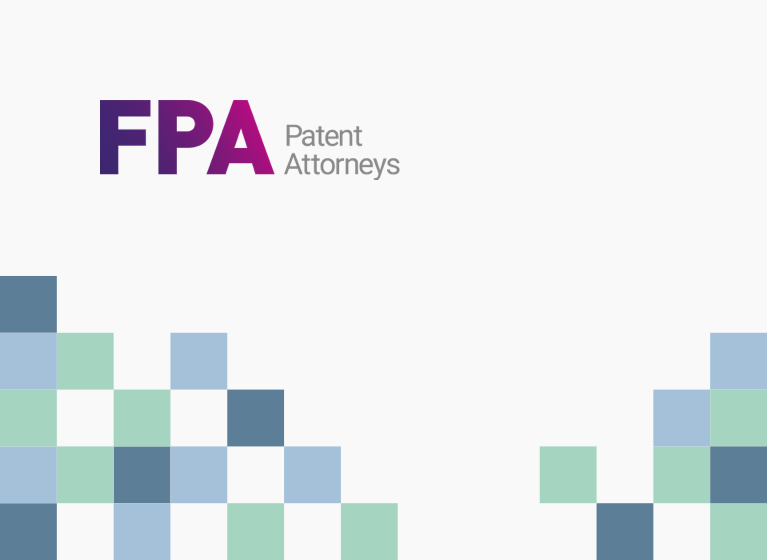There is no opposition procedure in the Australian design registration system, but the decision published in Alfred Kärcher GmbH v Jinping Zhu [2016] ADO 3 was the culmination of a process that sounded surprisingly like one. This article explains how this de facto opposition arises and how it can be used to challenge the validity of a registered design.
In May 2012 Australia’s Advisory Council on Intellectual Property (ACIP) was tasked with reviewing the Australian designs system. Recommendation 7 of their final report1, issued in March 2015, included a conditional recommendation to introduce an opposition procedure into the Australian designs system if compulsory examination was also introduced. The Australian Government’s response2 to the ACIP report accepted that recommendation.
However, the recent Australian Designs Office Decision in Alfred Kärcher GmbH v Jinping Zhu [2016] ADO 3 (Kärcher v Zhu) highlights that no legislative change may be needed to give third parties the chance to effectively oppose a design registration in Australia. This article explains how.
The hallmarks of an opposition
Before getting to the procedural details of how a designs opposition might work, it is worth considering what constitutes an “opposition” to a design registration. I would consider that for an action to be a true opposition, it must:
- Allow a third party to raise one or more grounds for invalidity or revocation of the registration.
- Provide an inter partes procedure or hearing in which the validity of the right is considered.
- Hold the hearing before a tribunal that is not a Court.
Under this definition, the Kärcher v Zhu decision demonstrates that a de facto opposition process can exist under the present Designs Act 2003 (Cth). This “opposition” arises through a combination of the following factors:
- The ability of a third party to request examination of a registration under section 63(1);
- The ability for a person to provide relevant “prior art” in relation to a design under section 69(1) – although strictly speaking this is not necessary for this procedure;
- The inability for the Designs Office to certify a design as valid (or revoke a design) after examination until the party who requested examination has had “reasonable opportunity to be heard” under section 67(3).
How does the “opposition” process work?
The easiest way to understand how these factors interact to provide an opposition mechanism against a registered design is to consider an example of what a party may do when faced with a registered design which it would like to challenge.
In such a case, the party wishing to challenge the design (the opponent) can simply begin by requesting examination of the registered design. The barrier to entry to the process is only a $210 official fee. The opponent may, or may not, choose to file prior art on which their validity challenge is based. The Designs Regulations mandate that the opponent be provided with copies of any examination reports that are issued3. However, they will not get a chance to intervene during the examination, beyond initiating examination and optionally by providing prior art for consideration by the examiner.
In the event that all objections are overcome by the owner of the registered design, the Designs Office must notify all “relevant parties” of their intention to certify the design4. Importantly, by requesting examination, the “opponent” gains the status of a “relevant party”5, which gives them a right to a hearing before certification of the registration6.
From here on, paragraphs 4 to 7 of Kärcher v Zhu give an indication of the process that may follow for determining the opposition. To summarise the process as it ran – both parties were given the opportunity to file Evidence in Support of their positions, although only Kärcher chose to file such evidence. Zhu was then permitted to file Evidence in Answer.
The parties were then given an opportunity to nominate how the hearing was to take place i.e. in person or by written submissions only. And, following the hearing, a written decision was issued. Although it was not used in this case, an appeal from an adverse decision of the Registrar under s67 (which governs the decision to certify) lies to the Federal Court or Federal Circuit Court. As can be seen, this sequence of steps ticks all the boxes to be considered an opposition.
Practicalities and timing
Because there is a 6 month examination period for designs following issuance of the first examination report, it is tempting to consider that this de facto opposition is too slow to be useful.
Design examination is much quicker than utility patent examination, meaning that the time taken between requesting examination and requesting a hearing will tend to be relatively short. In the case of Kärcher v Zhu, the time between Kärcher requesting examination and Kärcher requesting a hearing was less than 7 weeks! Even if examination is more protracted, if the opposition arises out of a pre-certification examination request, the registered design remains unenforceable until the successful “certification” of the design as valid by the Designs Office. So the opponent is not at imminent risk of being sued on the registration during the opposition. This is similar to the situation under the pre-grant opposition to standard patents under the Patents Act 1990 (Cth).
If the design registration has already been examined and certified as valid by the Designs Office, or examination is already underway, all is not lost for the would-be opponent. There is nothing in the Designs Act precluding a party from requesting examination of a previously examined design registration. There is not even any requirement for the new examination to be based on newly cited prior art. Although in this situation the registered design is enforceable, so the opponent should beware! Concurrent requests for examination are also allowed, so if examination is underway, the would-be opponent can interject by requesting examination again, and if desired, take the case to a hearing.
Conclusion
If it walks like a design opposition, swims like a design opposition, and quacks like a design opposition, then it probably is a design opposition.
Kärcher v Zhu highlights that the Designs Act 2003 and the Designs Office practice provides a mechanism for parties to actively challenge the validity of registered designs before the Designs Office. The availability of such a process also appears to lessen the need for legislative change to introduce of a formal opposition process into the Australian design system. Although more formal regulation of the processes may be appreciated if this type of challenge becomes common.
1 ACIP Final Report
2 Australian Government Response to ACIP report
3 Designs Regulations 2004 Reg 5.03(8)
4 Designs Act 2003 s 67(2)
5 Designs Act 2003 s 5
6 Designs Act 2003 s 67(3)









